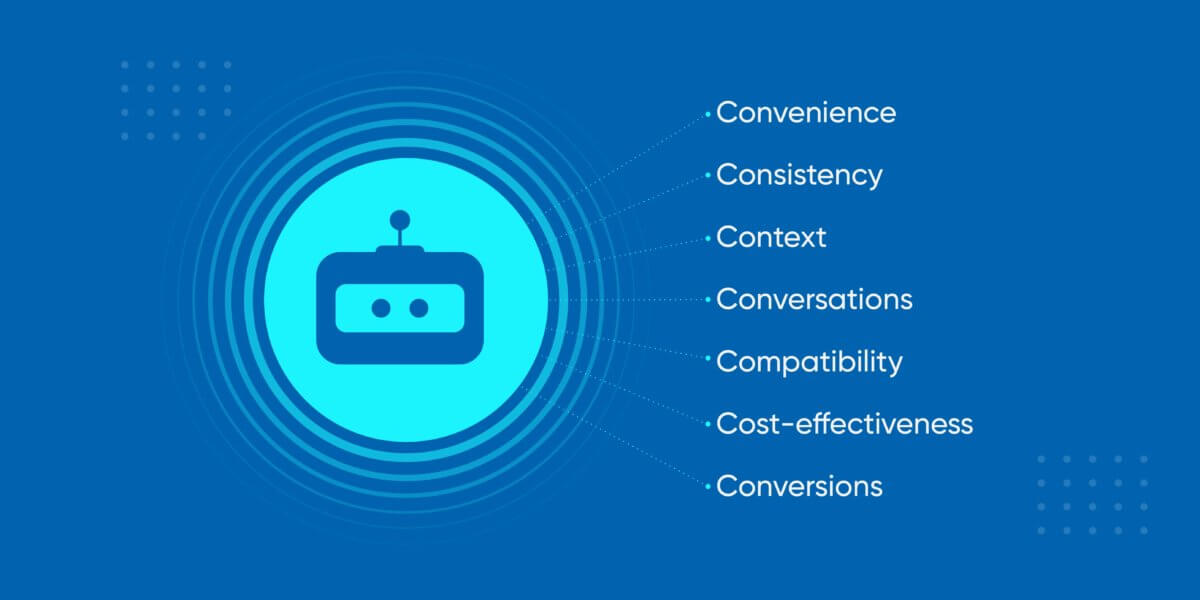
Voice AI: What is it and How Does it Work?
- January 22nd, 2025 / 5 Mins read
-
Harshitha Raj
The journey of voice AI has been nothing short of remarkable. What started as basic voice command systems capable of understanding a handful of preset phrases has evolved into complex conversational agents that can engage in nuanced, context-aware dialogues.
This guide breaks down the mechanisms of voice AI working, exploring how these intelligent systems function, their impact on customer interactions, and the transformative potential they hold for business communication.
How to build an AI Voicebot using Verloop.io’s Voice AI Bot Builder?
Generative AI Voice Calls Demystified
1. Automatic Speech Recognition (ASR)
ASR is the gateway for voice input in AI systems. Here’s how it works:
- The system captures audio input from the user’s microphone.
- It segments the audio into small chunks, typically 10-20 milliseconds long.
- These segments are converted into spectrograms – visual representations of sound frequencies over time.
- Using deep learning models, the system matches these spectrograms to phonemes (the smallest units of sound in language).
- A language model then converts these phonemes into words and sentences, considering the probability of word sequences in the given language.
To accurately transcribe spoken language into text, ASR overcomes challenges such as diverse accents, background noise, and variations in speech patterns.
Also read: How Verloop.io Improved its ASR accuracy with error correction techniques.
2. Natural Language Processing (NLP)
Once the speech is converted to text, NLP takes over to understand the meaning and intent:
- Syntactic Analysis: The system parses the sentence structure to understand grammatical components.
- Semantic Analysis: This step extracts meaning from the text.
- Named Entity Recognition (NER): The system identifies and classifies named entities like person names, locations, and organisations.
- Intent Recognition: It determines what the user is trying to achieve or ask.
- Sentiment Analysis: The system attempts to understand the emotional tone of the input.
To perform these tasks, NLP uses machine learning models, often based on transformers or other deep learning architectures.
3. Dialogue Management
The dialogue manager acts as the brain of the voice AI system:
- It maintains the conversation context, remembering previous inputs and responses.
- Based on the user’s input and current context, it decides the next action.
- If the user’s intent is unclear, it can prompt for clarification.
- It manages multi-turn conversations, ensuring coherent and contextually appropriate interactions.
Dialogue management often employs reinforcement learning techniques to improve decision-making over time.
4. Natural Language Generation (NLG)
NLG is responsible for formulating the AI’s response:
- It takes the identified intent and any retrieved information as input.
- The system structures this information into coherent sentences.
- It applies language-specific rules to ensure grammatical correctness.
- Advanced NLG systems use neural network models to create more human-like, context-aware responses.
The goal of NLG is to produce responses that are not only accurate but also natural and engaging.
5. Text-to-Speech Synthesis (TTS)
The final step converts the generated text response back into speech:
- The text is first converted into a sequence of phonemes.
- A voice model (often using deep learning) generates the corresponding audio waveforms.
- The system applies prosody (rhythm, stress, and intonation) to make the speech sound more natural.
- The synthesised speech is then played back to the user through speakers or headphones.
Modern TTS systems can produce highly natural-sounding speech, often indistinguishable from human voices.
Also read: How Voice AI Can Transform Your Customer Support?
Putting It All Together: The Voice AI Workflow
Here’s how these components work together in a typical voice AI interaction:
- The user speaks into a microphone.
- ASR converts the speech to text.
- NLP analyses the text to understand intent and extract meaning.
- The dialogue manager determines the appropriate action based on the intent and conversation context.
- If needed, the system queries a knowledge base or external API for information.
- NLG formulates a response in natural language.
- TTS converts the text response into speech.
- The user hears the spoken response.
This entire process happens in near real-time, creating the illusion of a human conversation.
Emerging Trends and Future Developments in Voice AI
As voice AI technology continues to evolve, several exciting trends are shaping its future:
1. Multimodal AI Integration
Voice AI is increasingly being integrated with other AI modalities:
- Visual AI: Combining voice commands with computer vision allows for more intuitive interactions in augmented reality (AR) and virtual reality (VR) environments.
- Gesture Recognition: Integrating voice commands with gesture recognition creates more natural human-computer interactions, especially in smart home and automotive applications.
2. Emotional Intelligence and Sentiment Analysis
Advanced voice AI systems are developing the ability to recognise and respond to human emotions:
- Tone Analysis: By analyzing pitch, speed, and vocal patterns, AI can detect emotional states like excitement, frustration, or confusion.
- Empathetic Responses: Using this emotional context, voice AI can generate more appropriate and empathetic responses, enhancing user experience.
3. Personalisation and Adaptive Learning
Voice AI is becoming more personalised and adaptive:
- User Profiling: Systems create detailed user profiles based on interaction history, preferences, and behaviour patterns.
- Contextual Awareness: AI adapts its responses based on the user’s location, time of day, and recent activities.
- Continuous Learning: Advanced systems use federated learning techniques to improve performance while maintaining user privacy.
4. Enhanced Natural Language Understanding
Improvements in NLP are leading to more sophisticated language understanding:
- Contextual Understanding: Better grasp of context and nuanced language, including sarcasm and idioms.
- Cross-Lingual Capabilities: Seamless translation and understanding across multiple languages in real-time.
- Long-Form Conversation: Ability to maintain context and coherence over extended dialogues.
5. Voice Cloning and Custom Voices
Advancements in TTS technology are opening new possibilities:
- Personalised Voices: Users can create custom AI voices based on their voice or preferred characteristics.
- Celebrity Voices: Integration of licensed celebrity voices for more engaging interactions.
- Dynamic Voice Adaptation: AI adjusts its voice characteristics based on the user’s preferences or the context of the conversation.
6. Edge Computing for Voice AI
Moving voice processing closer to the user:
- Reduced Latency: Processing voice commands on-device or on-edge servers for near-instantaneous responses.
- Enhanced Privacy: Keeping sensitive voice data local, reducing the need to send information to cloud servers.
- Offline Functionality: Enabling core voice AI features to work without an internet connection.
7. Voice AI in IoT and Smart Environments
Voice becoming the primary interface for Internet of Things (IoT) devices:
- Unified Control: A single voice interface controls multiple smart home devices and systems.
- Predictive Actions: AI predicts user needs based on patterns and proactively offers assistance.
- Ambient Intelligence: Voice AI seamlessly integrates into the environment, always ready to assist without explicit activation.
Also read: Top Voice AI Use Cases
Synergy of Voice AI Call Support and Humans
Voice AI and human agents aren’t competing; they’re collaborating to redefine customer support.
AI seamlessly handles high-volume, repetitive queries, allowing human agents to focus on complex issues that require emotional intelligence and critical thinking. But the real magic happens when the two work together—AI assists agents with real-time data, sentiment analysis, and predictive insights, empowering them to make faster, more informed decisions. Meanwhile, humans provide context, adaptability, and the ability to build genuine customer relationships.
This synergy doesn’t just improve efficiency; it transforms customer interactions into seamless, intelligent, and truly engaging experiences.
Elevate Your Customer Service with Verloop.io’s AI Voice Chatbots
AI voice chatbots represent a significant leap forward in customer engagement technology. As businesses strive to meet evolving customer expectations, voice AI offers a powerful solution for enhancing support services, improving efficiency, and delivering superior customer experiences.
At Verloop.io, we’re at the forefront of this AI revolution, offering state-of-the-art voice and chat AI solutions for customer support.
Our platform enables businesses to provide seamless, efficient, and personalised customer interactions through advanced voice and text-based chatbots. With round-the-clock availability and multilingual capabilities, we’re helping businesses transform their customer engagement strategies.
Ready to elevate your customer service with AI voice chatbots? Schedule a Demo with Verloop.io today!







